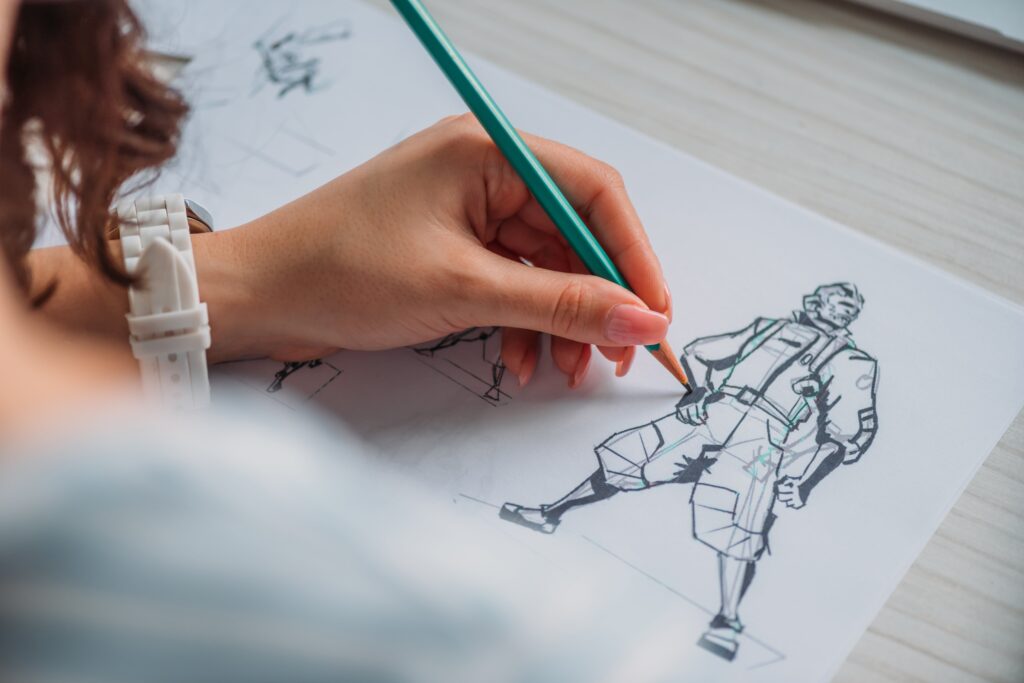Facial rigging is a crucial aspect of character animation in the world of 3D modeling and animation. It involves creating a skeletal structure for the face that allows animators to manipulate various parts of the face to bring characters to life. In the realm of Maya, a powerful 3D software used widely in the animation industry, mastering facial rigging techniques is essential for creating realistic and expressive characters.
In this comprehensive guide, we will discuss the concept of facial rigging in Maya, providing you with step-by-step instructions on how to rig a character’s face effectively.
1. Understanding Facial Rigging Basics
Before diving into the specifics of facial rigging in Maya, it is essential to have a solid grasp of the basic concepts involved. Facial rigging revolves around creating a system of controls that allow animators to manipulate different parts of the face, such as the eyebrows, eyes, mouth, and jaw. This system typically consists of joints, controllers, and constraints that work together to deform the character’s mesh smoothly during animation.
2. Setting Up the Facial Skeleton
The first step in facial rigging is to set up the skeletal structure of the face. In Maya, this is achieved by creating joints that correspond to the different facial features. Start by placing joints at key points on the face, such as the corners of the mouth, the center of the eyes, and the tip of the nose. These joints will serve as the anchor points for the facial rig controls.
3. Creating Control Objects
Once the facial skeleton is in place, the next step is to create control objects that will allow animators to manipulate the facial expressions. In Maya, control objects are typically represented by simple shapes, such as spheres or cubes, that can be easily selected and moved. These control objects will be linked to the joints in the facial skeleton using constraints, allowing animators to pose the character’s face realistically.
4. Applying Constraints
Constraints play a vital role in facial rigging, as they define how the control objects interact with the joints in the facial skeleton. In Maya, there are several types of constraints that can be used for facial rigging, such as point constraints, aim constraints, and parent constraints. By applying constraints to the control objects, animators can ensure that the character’s facial movements are smooth and natural.
5. Fine-Tuning the Rig
Once the basic rigging setup is in place, it is time to fine-tune the rig to achieve the desired level of control and realism. This involves adjusting the weights of the skinning on the character’s mesh to ensure that it deforms correctly when the facial controls are manipulated. Moreover, animators may need to tweak the constraints and control objects to refine the character’s facial expressions further.
6. Testing and Refining the Rig
Testing the facial rig is a crucial step in the rigging process, as it allows animators to identify any issues or limitations in the rig and make necessary adjustments. By animating the character’s face through a range of expressions and movements, animators can ensure that the rig functions as intended and produces the desired results. This iterative process of testing and refining the rig is essential for creating a high-quality facial rig in Maya.
7. Advanced Techniques and Tips
In addition to the basic principles of facial rigging outlined above, there are several advanced techniques and tips that can help animators take their rigging skills to the next level. For example, using blend shapes to create subtle facial expressions, incorporating advanced constraints for more complex movements, and utilizing scripting to automate repetitive tasks can enhance the efficiency and realism of a facial rig in Maya.
8. Industry Applications of Facial Rigging
Facial rigging is a fundamental skill for animators working in various industries, including film, television, video games, and advertising. Characters with expressive and lifelike facial animations are essential for engaging audiences and conveying emotions effectively. By mastering facial rigging techniques in Maya, animators can unlock a world of creative possibilities and elevate the quality of their character animations.
Conclusion
Learning facial rigging techniques in Maya is a valuable skill for animators looking to excel in the competitive world of 3D animation. By understanding the fundamentals of facial rigging, setting up a robust rig, and fine-tuning the controls, animators can create characters with realistic and expressive facial animations.
With practice and dedication, animators can leverage the power of Maya to bring their characters to life through dynamic and emotive facial expressions.
Key Takeaways:
- Facial rigging in Maya is essential for creating realistic and expressive characters in 3D animation.
- Understanding the basics of facial rigging, setting up the facial skeleton, creating control objects, and applying constraints are crucial steps in the rigging process.
- Fine-tuning the rig, testing, and refining it, along with exploring advanced techniques can enhance the quality and realism of facial animations.
- Mastering facial rigging techniques opens up opportunities in various industries like film, television, video games, and advertising.
To further enhance your skills and knowledge in the animation industry, consider enrolling in the NYU Animation Industry Essentials online course and certificate program offered by Yellowbrick. This program can provide you with valuable insights and practical training to excel in the competitive world of 3D animation.








